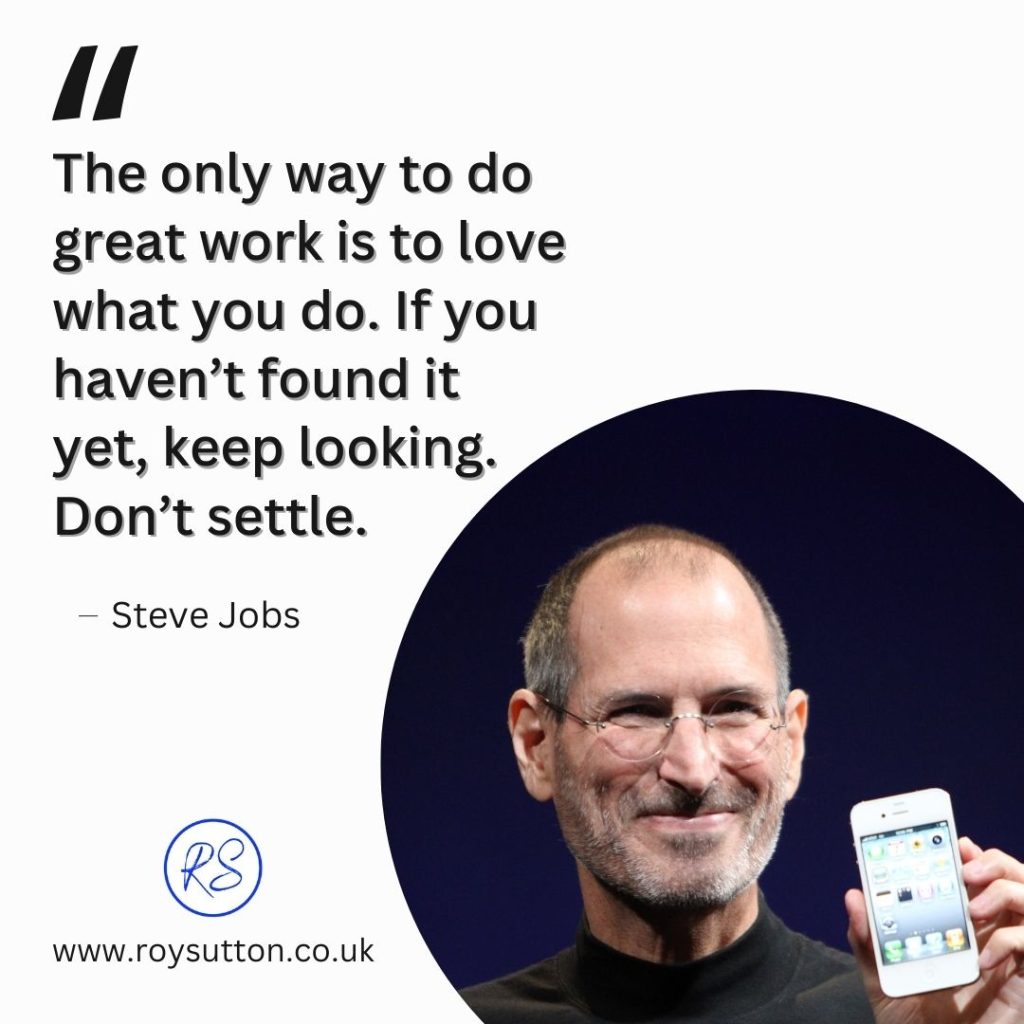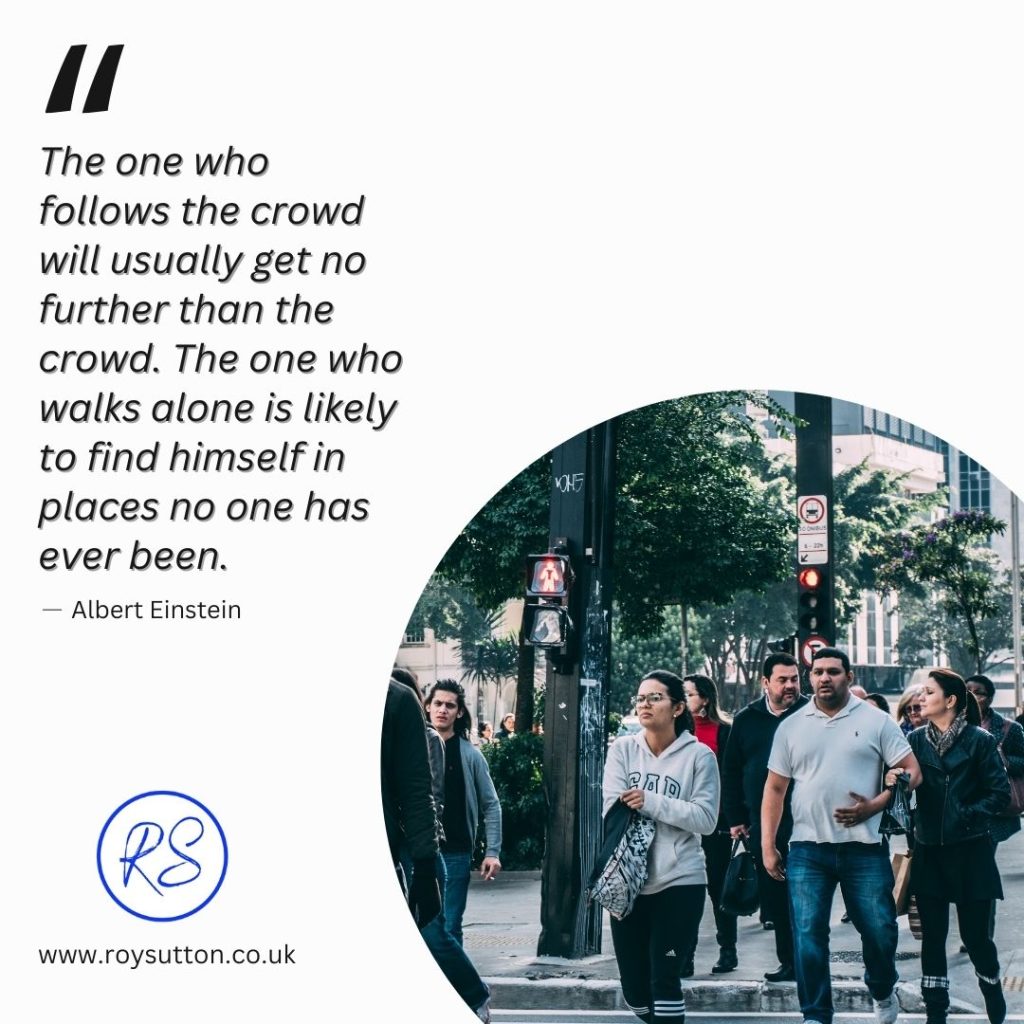
Today I offer you 17 short inspirational quotes, which I’m confident will get you thinking about your life and what you want out of it.
You have more potential than you realise. You can be more than you are now.
Just decide how far you want to go, and then don’t stop until you get there.
Plenty of people succeed in life. You can too. Believe in yourself, work hard, and focus your time and energy on the things that really matter to you.
It’s perfectly reasonable to pursue your agenda. Never assume that someone else will be looking after your interests. They won’t! You’ve got to do that yourself.
Be the best version of yourself.
And be inspired by these 17 short inspirational quotes.
Short inspirational quotes (1-10):
- What we think, we become. ~Buddha
- Reach for the stars. ~Christa McAuliffe
- My mind’s my kingdom. ~Francis Quarles
- Think with your whole body. ~Taisen Deshimaru
- Each day provides its own gifts. ~Marcus Aurelius
- I am deliberate and afraid of nothing. ~Audre Lorde
- Our ideals are our better selves. ~Amos Bronson Alcott
- Let each man exercise the art he knows. ~Aristophanes
- For a gallant spirit, there can never be defeat. ~Wallis Simpson
- Act like you expect to get into the end zone. ~Christopher Morley
Short inspirational quotes (11-17):
- Your big opportunity may be right where you are now. ~Napoleon Hill
- You have to rule the money. Don’t let money rule you. ~Fil Adams-Mercer
- The measure of who we are is what we do with what we have. ~Vince Lombardi
- Marriage is an investment that pays dividends if you pay interest. ~Bob Monkhouse
- Don’t judge each day by the harvest you reap but by the seeds that you plant. ~Robert Louis Stevenson
- On days when I don’t work, I am working on maintaining my image, just like an athlete. ~Linda Evangelista
- I would perceive three years at university as a waste of time. I would have made £200,000 by then. ~Lord Sugar
Please share these quotes with your friends:
Did you find these short inspirational quotes interesting, dear reader? Did they make you think?
If they did then perhaps this blog post might interest others you know too.
Please share this post with your friends on social media because when you share, everyone wins.
And if you could share this post now, I would be ever so grateful.
Like every blogger, I can only keep doing what I do if readers are viewing my blog posts. So you really can help me, dear reader.
Thank you.

Articles you might also enjoy:
- 15 witty quotes by Joan Rivers to raise a smile
- 21 thought-provoking quotes about money
- 21 quotes about relationships to enlighten you a little
- 32 amusing quotes by Phyllis Diller
- 21 Quotes by Oscar Wilde that are sharp and witty
- 15 quotes about religion to get you thinking
- 30 short funny quotes that will make you smile
- 15 quotes about religion to get you thinking
- 21 inspiring quotes from inspiring people
- 17 quotes about fame to get you thinking
- 15 Quotes by Whoopi Goldberg that are interesting
- 15 classic quotes by Yogi Berra that’ll make you think
- 25 quotes about friendship and you’ll love number 17
- 20 classic Elaine Benes quotes that’ll make you smile
- 30 funny dating profile examples or how not to write one
- 15 amusing quotes by Spike Milligan to raise a smile
- 19 Best Homer Simpson quotes that’ll make you smile
- 21 Del Boy quotes for fans of Only Fools and Horses
- 15 amusing quotes by Mae West to make you smile
- 15 Very Funny One-Liners by Billy Connolly
- 37 funny comebacks for dealing with rude people
- The 30 best bitchy comments that’ll really make you smile
- 31 great quotes from Larry David in Curb Your Enthusiasm
- 15 amusing quotes by Jerry Seinfeld to brighten your day
Copyright © Mann Island Media Limited 2024. All rights reserved.



































































